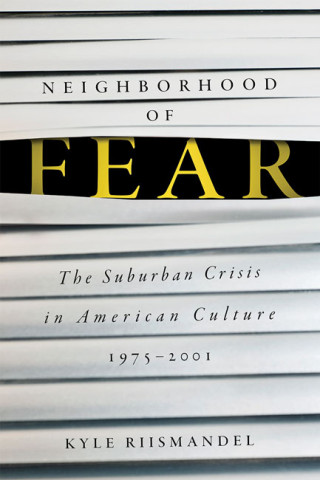The suburbs are once again experiencing something of an identity crisis. Last spring, as protests against police violence spread to virtually every city in the country, Donald Trump made a crude pitch for the white suburban vote. Increasingly his rallies focused on a single theme: a vote for Joe Biden would be a vote for crime and anarchy, “socialism” and disorder. Only he would defend “all of the people living their Suburban Lifestyle Dream,” he tweeted. Trump’s strategy failed, however. Suburban voters decisively backed Biden in November, after favoring Trump in 2016. A consensus emerged among pundits: increasing racial diversity in the suburbs, combined with college-educated whites’ liberal social views, have put the suburbs on a new path.
This is all a far cry from the textbook story of metropolitan history. Classic works like Thomas J. Sugrue’s The Origins of the Urban Crisis — still a staple of college courses nearly 30 years after its first publication — showed how federal policy-makers excluded people of color from accessing decent jobs and livable housing, while subsidizing white flight through highway construction and government-backed mortgages. At the same time, white homeowners defended their privilege by depicting poor people and people of color as threats to property and safety. If Trump’s racist appeal to the “Suburban Lifestyle Dream” failed, does this mean that historians have got the suburbs all wrong?
Even as the suburbs have changed, the allure of the suburban good life has only grown. According to a 2020 poll, more than half of Americans consider their surroundings to be suburban. Even among people who live within their census area’s hub city, 47 percent identify as suburbanites. Suburban identity remains a source of power — or at least pride — for tens of millions of Americans. The “Suburban Lifestyle Dream” lives on, in other words. To understand why, requires confronting the politics of fear and desire in the suburbs.
In Neighborhood of Fear: The Suburban Crisis in American Culture, 1975–2001, historian Kyle Riismandel explores how white suburban homeowners became convinced of their own endangerment. In the years following World War II, upwardly mobile whites left crowded cities for sleepy cul-de-sacs in record numbers. Once arrived, they embraced the ability to retreat from the problems of society, which they dismissed as urban aberrations, while defending that choice as a straightforward expression of American values. In the mid-1970s, something changed. Suburban towns and cities appeared as “pale imitations of their parents’ sitcom suburbs.” The heterosexual nuclear family appeared threatened from environmental and social contagions within their own world, from violent video games to home invasions.
To restore the suburbs’ promise, residents combined electoral muscle with consumer power. They stood down developers, researched household chemicals, installed home security systems, formed neighborhood patrols, and lobbied Congress to regulate children’s entertainment. Decades of government policy had entitled white heterosexual suburbanites to a level of cultural power that cities lacked, which families then leveraged through what Riismandel calls “productive victimization.” When it came to managing their fears, however, this strategy backfired. Coping with contagion only further convinced residents of their looming peril, while staying perpetually vigilant caused psychological distress. In their pursuit of freedom from victimization, suburbanites helped bring about the neighborhood of fear.
